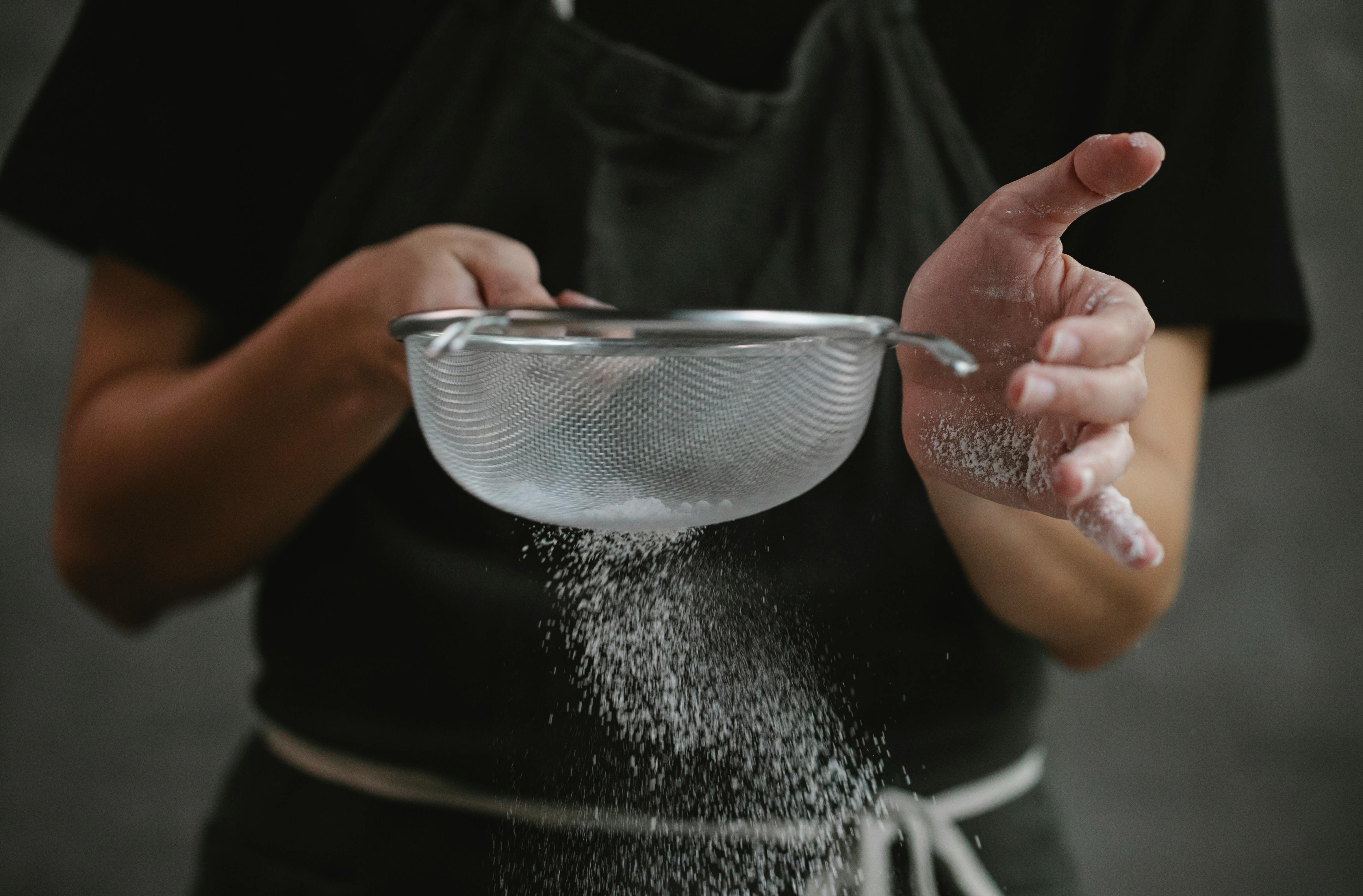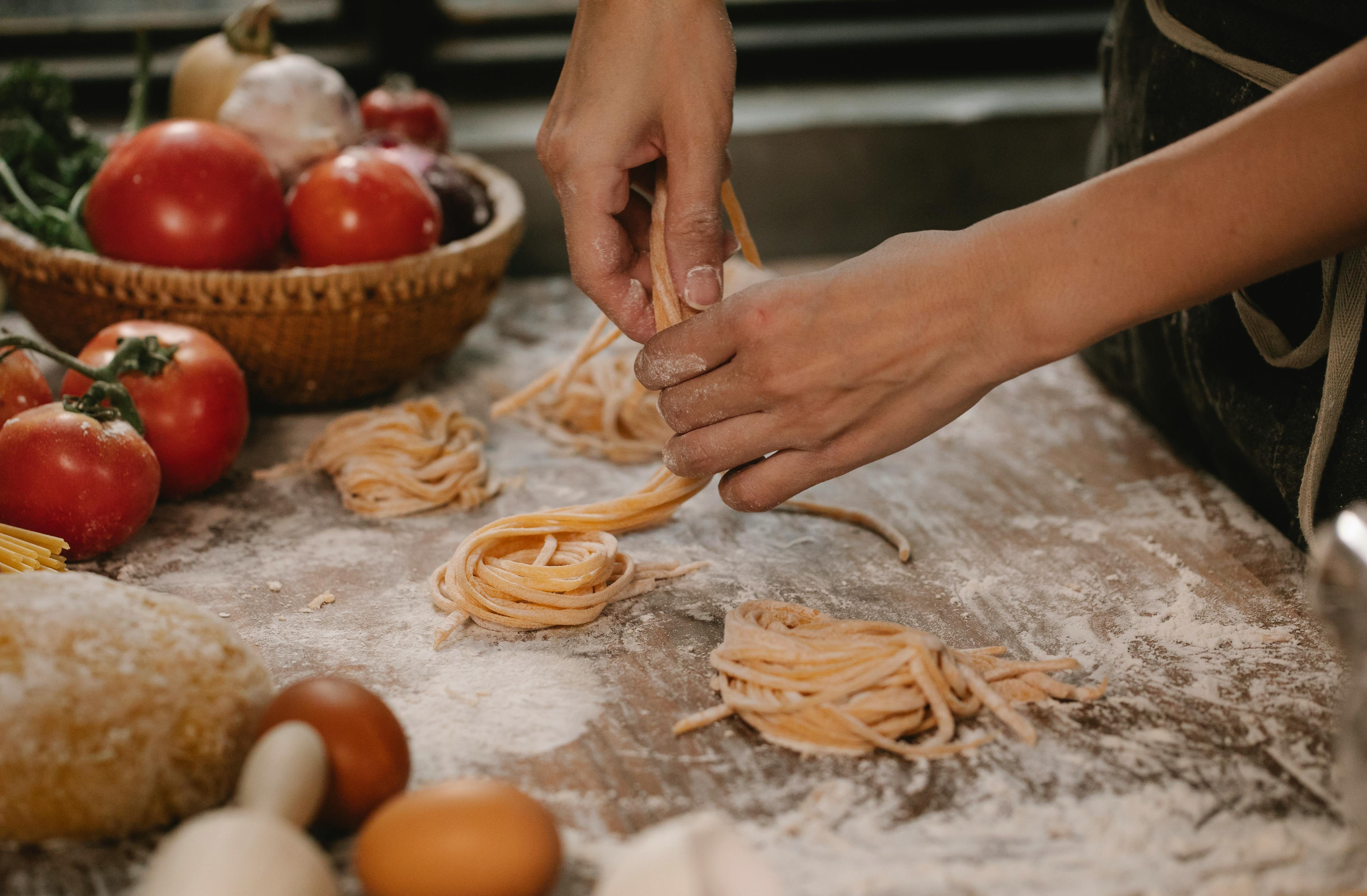Making a homemade water distiller is an easy and inexpensive way to get distilled water for drinking, cooking, or other uses. Distilled water is free of harmful chemicals, minerals, and other contaminants that can be found in tap water. It can also be used for medical and scientific purposes. With just a few simple tools and materials, you can build your own water distiller in the comfort of your own home. In this article, we will provide you with the necessary steps to make a homemade water distiller.A water distiller is a device that removes impurities from water by utilizing the process of distillation. Distillation works by heating water until it vaporizes and then cooling the vapor so that it condenses back into liquid form. During this process, contaminants and other impurities are left behind in the boiling chamber. The distilled water that is collected is free from contaminants and is suitable for drinking, cooking, or other uses.
The Benefits of Using a Water Distiller
Using a water distiller offers a range of benefits to those looking to improve their health and lifestyle. By removing impurities, bacteria, and other contaminants from drinking water, distillers provide a much cleaner and safer product than tap or bottled water. As such, consuming distilled water can provide a host of health benefits that can improve overall wellbeing.
One of the main advantages of using a water distiller is that it produces pure water that is free from harmful chemicals, minerals, and other contaminants. This means that it is much healthier for drinking than ordinary tap or bottled water. The process of distillation also removes any unpleasant odours or tastes from the water that can be caused by chlorine or other chemicals present in untreated sources.
The health benefits of using a water distiller also extend to its ability to eliminate bacteria from drinking water. Since the process of distillation involves boiling the liquid and condensing it back into its purest form, any bacteria present in the source will be eliminated during this process. This makes distilled water significantly safer for consumption than untreated sources since it does not contain any harmful bacteria or parasites that could lead
Components To Make A Homemade Water Distiller
Making a homemade water distiller is an easy way to purify your water. All you need is a few simple components and some basic tools. The components you will need to make a homemade water distiller are: a container for boiling the water, a condensing coil, an inlet tube, an outlet tube, and a collection vessel.
Container
The first component you will need is a container for boiling the water. This can be anything from a large pot to an electric hot plate. The container should be large enough to hold several gallons of water and should be able to withstand high temperatures.
Condensing Coil
The second component you will need is a condensing coil. This coil is placed inside the boiling container and acts as an evaporator that cools the steam created by boiling the water. It is usually made of copper or stainless steel tubing and should be long enough to reach the bottom of your boiling container.
Inlet Tube
The third component you will need is an
Assembling the Homemade Water Distiller
Distilling water is a great way to get clean, safe drinking water that is free of toxins, chemicals, and other contaminants. Making your own water distiller at home is a fairly simple process that requires only a few materials and some basic tools. Here’s how to assemble a homemade water distiller:
First, you’ll need to gather the necessary materials. You’ll need a large pot or kettle for boiling the water, an insulated container with a lid for holding the distilled water, some tubing for connecting the two containers, and some charcoal or activated carbon for filtering the distilled water. Once you have all your materials ready, you can begin assembling your distiller.
The first step is to connect the tubing from the pot or kettle to the insulated container. Make sure to leave enough slack in the tubing so that it won’t become kinked or pinched when you fill up either container with hot liquid. Once this is done, fill up your pot with tap water and turn on your stove’s heat source.
Next, place your insulated
How To Operate The Homemade Water Distiller
Distilling water is an effective way to purify water and remove impurities. With a homemade water distiller, you can easily make your own pure distilled water at home. Here are the steps you need to follow to operate a homemade water distiller:
First, find a suitable container for your distiller. You can use any container that can hold water, such as a large pot or even a bucket. Make sure the container is clean and free from any contaminants before you start the distillation process.
Next, fill the container with tap water and place it on a heat source. The heat source will be used to boil the water so it can be distilled. You can use either an electric hot plate or even just a campfire if you are distilling outdoors.
Once the water has been heated to boiling point, place your condenser over the container and attach it securely. The condenser will be used to collect the steam that is released when the boiling point is reached. As the steam rises, it will pass through the condenser and

How To Clean The Homemade Water Distiller
Cleaning your homemade water distiller is an important part of making sure that your water is safe to drink. It’s important to regularly clean and maintain your distiller, and there are a few simple steps you can take to make sure it’s in good working order.
The first step is to empty the reservoir of all of the old distilled water. This can be done by either pouring out the contents or using a syringe or pump to siphon it out. Once the reservoir is empty, rinse it with hot water and mild soap, then rinse again with fresh water.
Next, inspect the condenser coils for any signs of debris or buildup. If there are any blockages, use a soft brush or cloth to remove them. If you find hard deposits on the coils, use a metal-safe cleaner to remove them. Rinse with fresh water once all deposits have been removed.
Finally, inspect the boiling chamber for any signs of scale buildup or discoloration from minerals in the original water source. If there is
Choosing Quality Distillation Equipment
When making your own drinking water, it is important to choose a distiller that meets your needs. Look for a model that is made of stainless steel, as these are the most durable and easy to clean. Also, make sure the distiller has a UL or CSA certification, which ensures that it meets safety and quality standards. Additionally, look for one with an adjustable temperature setting, as this will allow you to adjust the boiling point of the water to ensure optimal purity and flavor.
Preparing Water for Distillation
Before starting the distillation process, it is important to prepare the water by removing any suspended particles or contaminants. This can be done by filtering the water through a pre-filter system or simply letting it sit in a container overnight to allow heavy particles to settle at the bottom. This will help ensure that any sediment won’t get boiled off during distillation and end up in your drinking water.
Cleaning The Distiller Regularly
It is important to clean your distiller regularly in order to
Troubleshooting Tips For A Homemade Water Distiller
Making a homemade water distiller is a great way to ensure you have clean, safe drinking water. However, if your distiller is not functioning correctly, you may need to do some troubleshooting. Here are some tips to help you get your homemade water distiller up and running again.
First, check the seal on the lid of your distiller. If the seal is broken or worn out, it will allow steam to escape and reduce the efficiency of the distillation process. Replace the seal if necessary.
Next, check the condenser coil for any blockages or clogs that may be preventing it from cooling properly. Clean out any debris with a soft brush or cloth and make sure there is adequate airflow around the coil for proper cooling.
If your distiller still isn’t working properly, check to make sure there is enough water in the boiling chamber. If there isn’t enough water in the chamber, it won’t be able to produce enough steam for efficient distillation. Add

Conclusion
Making a homemade water distiller is a simple process that any DIYer can do. It requires minimal materials and tools, and the end result is a reliable source of distilled water. The process of distillation removes contaminants from the water, making it safe to drink. The distilled water can also be used for other purposes such as cooking or cleaning. With the right materials and knowledge, anyone can make their own homemade water distiller.
The process does require some patience and attention to detail, but it is not difficult if you follow the instructions provided here. By following this guide, you will have your own homemade distiller up and running in no time. You can then enjoy the benefits of having a reliable source of clean and safe distilled water at your disposal whenever you need it.
So if you are looking for an easy way to make your own source of pure water, then building a homemade water distiller may just be the best choice for you. With just some basic materials and tools, you can create a reliable source of pure distilled water that will provide you with peace of mind knowing that your drinking water is clean and safe.

